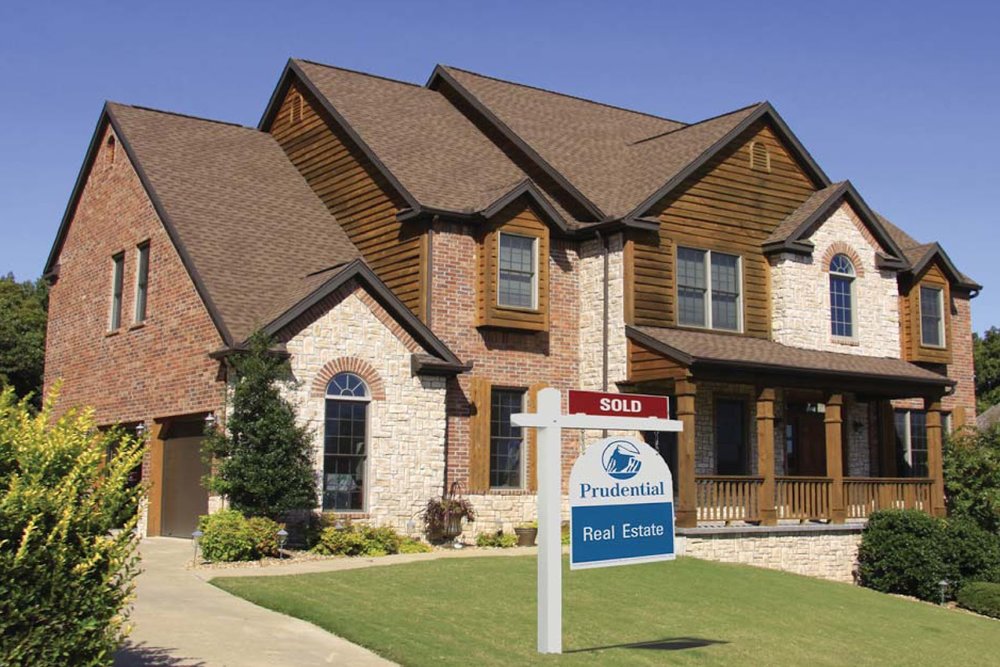The latest from the U.S. homeownership scene has revealed that those who hold on to their houses over extended periods are making major gains. Analysts have pointed out that in the last 18 years, there has been a considerable increment in the number of homeowners that stick on to their properties.

Data shows that homeowners who went on to sell their properties in the 2nd Quarter owned their homes for about 8.09 years. The figure is significant since it's the longest timeframe since Attom Data Solutions began tracking homeownership stats
Of great importance is the fact that by holding on, homeowners are reaping the benefits. Those who sold off their homes in the 2nd quarter recorded gains that averaged about $58,000, which represents the biggest value since 2007's 3rd quarter.
Conspicuously, seller gains were at their highest in 2005 during the 4th quarter. Back then, the numbers averaged $89,780. That was before the numbers hit ground bottom in 2009 during the 1st quarter. In 2009, the average seller made losses of about $58,735 with the negative equity peaking at 26 percent.
The ever-rising home prices have been a boon for homeowners with mortgages. Data provided by CoreLogic shows that in the 1st quarter of 2018, the home equity levels rose to 13.3 percent. For average borrowers, this figure represents a considerable bump of $16,300 in extra home equity gained in the year. Cumulatively, this figure is $1.01 trillion which is without a doubt the single largest gain made in over 4 years.
Even with the massive gains in the last couple of years, a significant portion of homeowners is still underwater with their home loans. The stats show that 4.7 percent of homeowners, roughly 2.5 million borrowers are underwater. This phenomenon means that the amounts they are owned are significantly higher than what their homes are worth.
Changing Tides

In the 1st Quarter of 2018, about 84,000 of borrowers were able to regain equity and rise from underwate
Before 2018, about 3 million borrowers were considered to be underwater. Today, the negative equity rate has dropped by a massive 21%. Speaking to reporters, CoreLogic's chief economist, Frank Nothaft, shared that in the last couple of months, home-price growth has been on the up. He shared that the steady acceleration has helped build home-equity wealth and elevate underwater homeowners back to a position of profitable equity.
Nothaft mentioned that positive equity is largely responsible for driving wealth creation. Frank made a point to share that CoreLogic's Home Price Index had substantially increased by 6.7% in the last annum. The figure represents the highest gains made by the company in a little over 4 years.
It is important to note that gains made from homeownership vary from state to state. In Washington, the equity rates were through the roof, the average homeowner gained $44,000 in home equity. On the other hand, Californians made considerable gains that amounted to $51,000. Nothaft opined that equity gains in the Western states were fundamentally linked to a lengthy run in home price increments. He added that he expects the trend to stay for as long as the purchase demand is high and the economic growth is maintained.
Across the Board
Despite the new boom, analysts believe that this phenomenon is not solely responsible for compelling homeowners to list their homes for sale. Their logic is that trading up is at times too expensive while the number of homes up for sale is super-slim.
The supply crisis is being further made worse by the ever-rising number of homeowners getting stuck in a negative equity situation. Such homeowners are unable to make strides forward because of the extra funds they need to repay their mortgages.
At the same time, homeowners with rising equity and those whose equity is dropping are said to be behind the reason why home prices have been on the rise. With supply numbers at an all-time low and demand soaring, new listings have been developing super quick. This has compelled a majority of homeowners to sell about the list price. In turn, this has led to bidding wars becoming part and parcel of the process.
